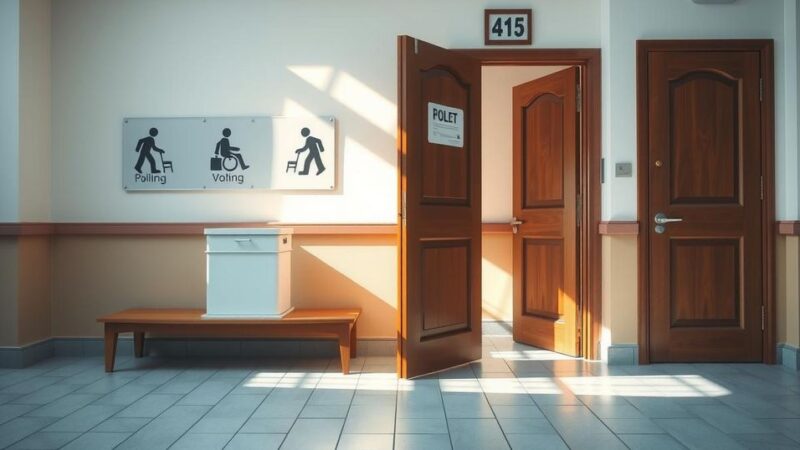Ecuador’s upcoming elections reflect a nation grappling with unprecedented crime rates and violence exacerbating pre-existing social issues. President Noboa’s internal conflict declaration led to military involvement but left structural challenges unresolved. Criminal groups have expanded their activities and influence, raising concerns about political instability and security both domestically and in relation to U.S. interests. A multifaceted approach is needed to effectively combat organized crime and restore order.
As Ecuadorians prepare to vote on February 9 for their president and national assembly members, escalating crime and violence overshadow critical issues such as energy shortages and unemployment. Homicides have increased by 430% in five years, alongside doubled femicides and significant youth violence. This deterioration in security not only impacts the daily lives of Ecuadorians but also poses challenges to the United States, prompting increased attention to Ecuador’s destabilizing criminal landscape and its migration implications.
Ecuador, once hailed as a peaceful nation, faces a severe surge in violence attributed to organized crime, leading to governmental assertions of an internal armed conflict. President Daniel Noboa’s administration has implemented aggressive security measures, yet the ongoing fragmentation and diversification of criminal organizations complicate state responses. Additionally, these groups have increasingly infiltrated local political structures, undermining state authority and exacerbating corruption.
In summation, while President Noboa’s hardline security policies have led to some decreases in violence, the broader issue of criminal diversification remains unresolved. A comprehensive strategy combining law enforcement with socio-economic initiatives is essential to dismantle the operational capacities of criminal networks. Ultimately, addressing both immediate threats and underlying societal vulnerabilities will be necessary for restoring stability and public safety in Ecuador.
Original Source: www.brookings.edu






